Results
-
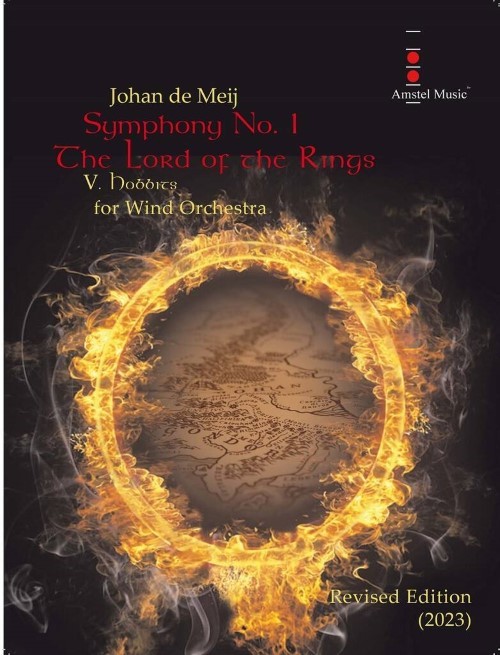 £132.00
£132.00Hobbits (from Symphony No.1: The Lord of the Rings) (Concert Band - Score and Parts) - De Meij, Johan
Johan de Meij's first symphony The Lord of the Rings is based on the trilogy of that name by J.R.R. Tolkien. This book has fascinated many millions of readers since its publication in 1955. The symphony consists of five separate movements, each illustrating a personage or an important episode from the book. The fifth movement expresses the carefree and optimistic character of the Hobbits in a happy folk dance; the hymn that follows emanates the determination and noblesse of the hobbit folk. The symphony does not end on an exuberant note, but is concluded peacefully and resigned, in keeping with the symbolic mood of the last chapter, The Grey Havens, in which Frodo and Gandalf sail away in a white ship and disappear slowly beyond the horizon. Duration: 9.00
Estimated dispatch 7-14 working days
-
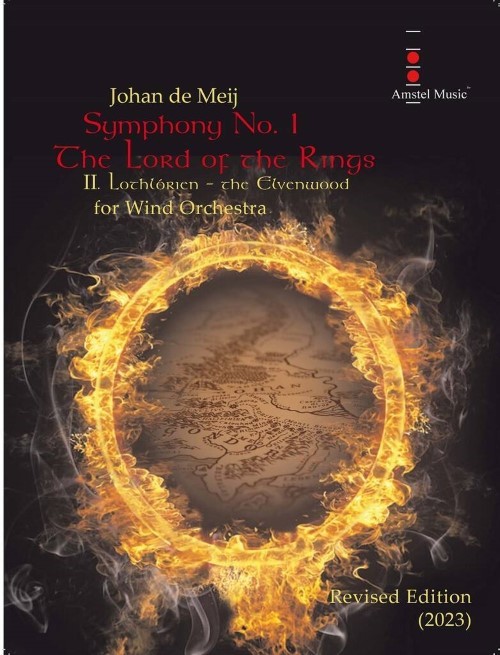 £132.00
£132.00Lothlorien (from Symphony No.1: The Lord of the Rings) (Concert Band - Score and Parts) - De Meij, Johan
Revised 2023 editionJohan de Meij's first symphony The Lord of the Rings is based on the trilogy of that name by J.R.R. Tolkien. This book has fascinated many millions of readers since its publication in 1955. The symphony consists of five separate movements, each illustrating a personage or an important episode from the book. The second movement is an impression of Lothlorien, the elvenwood with its beautiful trees, plants, exotic birds, expressed through woodwind solos. The meeting of the Hobbit Frodo with the Lady Galadriel is embodied in a charming Allegretto; in the Mirror of Galadriel, a silver basin in the wood, Frodo glimpses three visions, the last of which, a large ominous Eye, greatly upsets him.Duration: 7.45
Estimated dispatch 7-14 working days
-
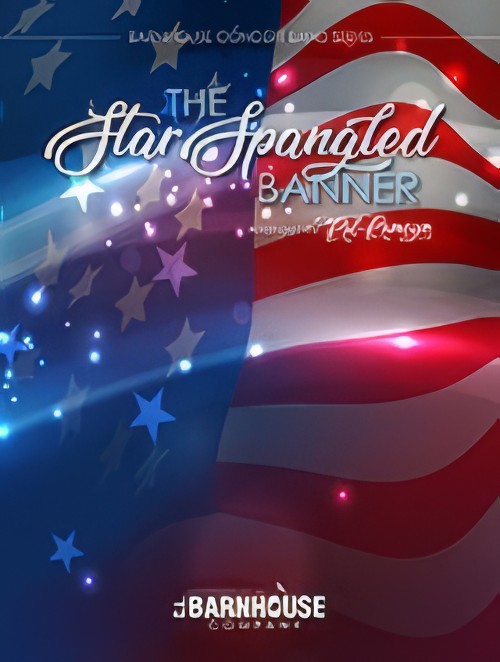 £60.00
£60.00The Star Spangled Banner (Concert Band - Score and Parts) - Key & Smith - Romeyn, Rob
With a powerful introduction and bold ending, this arrangement of the National Anthem will immediately command attention from an audience in any setting. While being harmonically and melodically true and respectful of the original, there is just enough freshness and creativity added here to make this arrangement unique. The last two phrases are scored creatively and quite powerfully! A well-crafted arrangement that will work well in any concert setting. Inspiring!Duration: 1.45
Estimated dispatch 7-14 working days
-
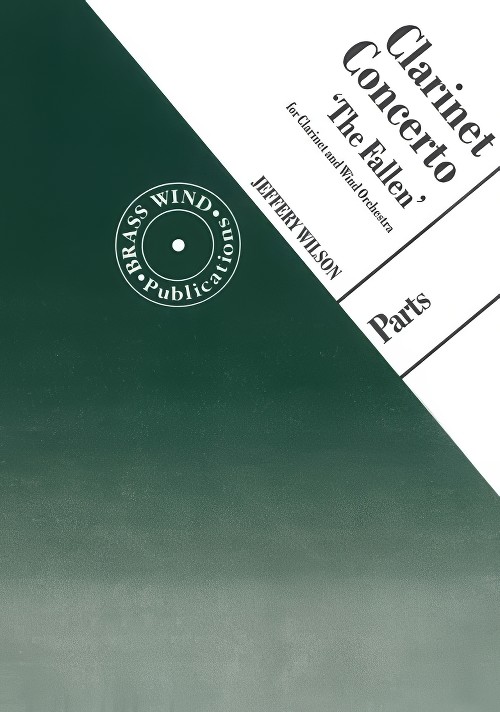 £80.00
£80.00Clarinet Concerto (The Fallen) (Clarinet Solo with Concert Band - Score and Parts) - Wilson, Jeffery
The three movements are 'Conflict', 'The Fallen' and 'Resolution', themes that are freely interpreted musically. In 'Conflict', the solo clarinet begins with an ascending figure based on octave leaps, while the accompaniment contrasts with marcato quavers and harsh dissonances. The melody features seventh intervals, and while the movement is marked 3/4 the accompaniment is often 6/8. This is more evident in the second theme where the clarinet line moves much more by step. The development takes these ideas and the cadenza comes from yet more conflict between the now calm clarinet and dissonant clashes in the accompaniment. 'The Fallen' is the slow movement and poignantly features notes from 'The Last Post' in the opening and a beautiful working of 'David of the White Rock' later on. The final movement 'Resolution' is a Rondo in 6/8, brighter but with hints of the initial conflict through the sevenths in the meno mosso sections which interrupt the flow. Another long cadenza takes short ideas from the piece before the work comes to a triumphant end with all four E notes across the whole range, echoing the beginning. Wilson set out to write a concerto for a versatile instrument and has found ways to exploit its capabilities while keeping tonal centre. There are frequent altissimo notes within all three movements. Wilson does use the very low notes, most notably in the cadenzas, but much of the work is high, presumably to allow the clarinet to carry over the wind band accompaniment. A good command of all notes right up to A sharp an octave above the stave is needed, plus technique to travel to and from altissimo notes (legato). The piece is around 25 minutes long. Printing is clear and the piano accompaniment comes as a spiral bound volume.
Estimated dispatch 7-14 working days
-
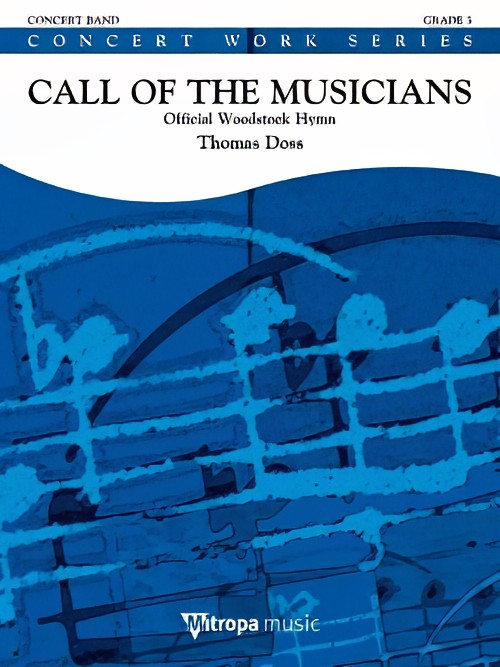 £84.99
£84.99Call of the Musicians (Concert Band - Score and Parts) - Doss, Thomas
The Woodstock der Blasmusik (Woodstock for Wind Music) is a four-day open air festival that has taken place annually over the last weekend in June in the Upper Austrian community of Ort im Innkreis since 2011. All sorts of bands and ensembles gather to play both traditional and modern wind music. Since its inception, this legendary festival has developed into a great success story. In 2019, Thomas Doss was commissioned to compose this official Woodstock hymn.Duration: 4.30
Estimated dispatch 7-14 working days
-
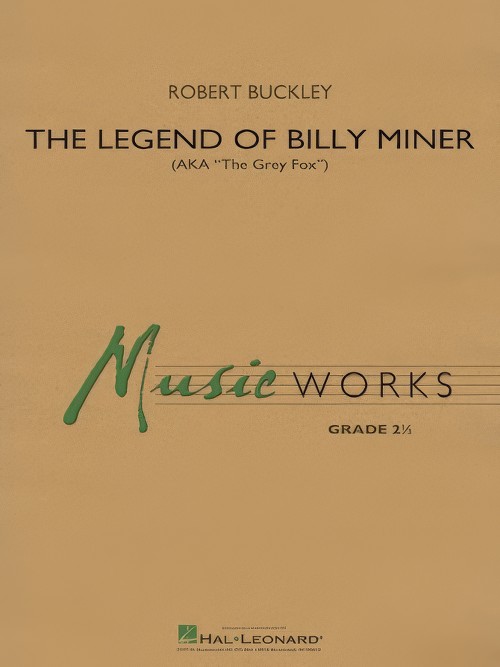 £53.50
£53.50The Legend of Billy Miner (Concert Band - Score and Parts) - Buckley, Robert
This composition reflects a colourful time in American history and is an opportunity for your band to discover ragtime rhythms. Folk hero Billy Miner (the Grey Fox) was the last of the old-time bandits. He was noted for his unusual politeness and is believed to be the originator of the phrase, "Hands up!" This composition is like a mini movie score and starts with the Billy Miner ragtime theme, followed by a train robbery, his capture, and final release. The artful interplay between sections gives this piece the sophisticated sound and intensity of a much more advanced work.Duration: 3:30
Estimated dispatch 7-14 working days
-
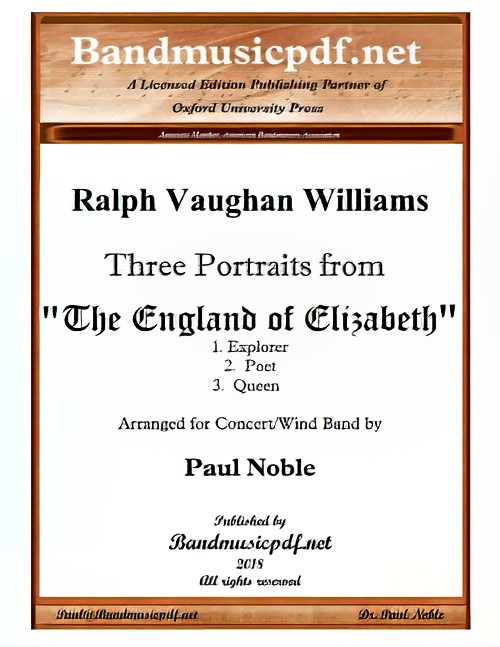 £250.00
£250.00The England of Elizabeth,Three Portraits from (Concert Band - Score and Parts) - Williams, Vaughan - Noble, Paul
This suite was derived from Vaughan Williams' score for the film, The England of Elizabeth, written in 1955. It was the composer's tenth of his 11 cinematic efforts and designed to serve a more descriptive role than other such scores, since the movie was a documentary featuring no action scenes, but lots of images of paintings, buildings, and the like. Composer Muir Matheson adapted this three-movement suite, probably shortly after the composer's death in 1958, though publication of the manuscript would not come until 1964. The first movement is entitled Explorer, and refers to Sir Francis Drake. Its music is mostly festive and colourful, but features interior passages of exotic flavor, similar in style to that of Vaughan Williams' then-recent Symphony No.8. The second movement is entitled Poet and, at about seven minutes, is the longest of the three in this 16 to 17 minute work. It also contains probably the score's best music, hardly a surprising result since the poet in question is Shakespeare, one of the composer's favourites and an inspirational springboard for so many other of his works. The mood is mostly subdued and Vaughan Williams presents lovely, if slightly somber music in the opening, and follows it with a hearty, folk-like dance tune. The latter part of this movement depicts Shakespeare as a noble, heroic figure in English history. The last movement, Queen, is devoted to Queen Elizabeth. It has a regal yet muscular manner at the outset, and features a gentle but somewhat disengaged middle section. It returns to the splendor and colour of the opening to close the work. This suite is important because it distills some of the best music from the film into a logically assembled structure. Program notes extracted from those of Robert Cummings.
Estimated dispatch 7-14 working days
-
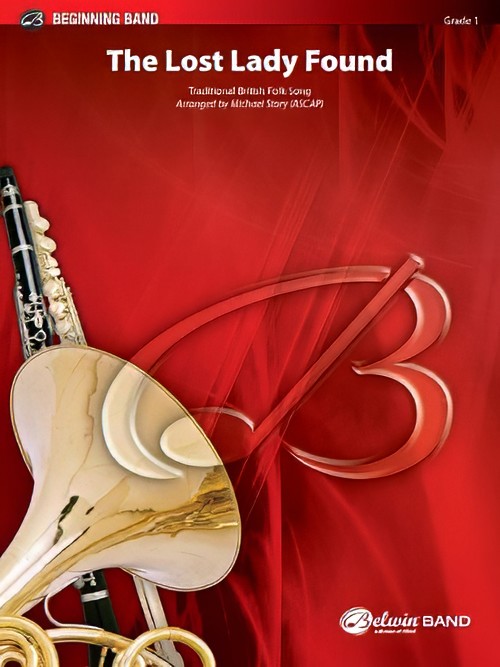 £51.50
£51.50The Lost Lady Found (Concert Band - Score and Parts) - Story, Michael
A 19th-century British folk song found throughout England as well as Canada and the United States, the melody is most known as the basis of the last movement of Percy Grainger's masterwork, Lincolnshire Posy. In three-four time, there are a few accidentals carefully listed for the conductor that may need reviewing. Attention to the articulations, phrasing, and breath marks will make this work simply sparkle! Duration: 1.45
Estimated dispatch 7-14 working days
-
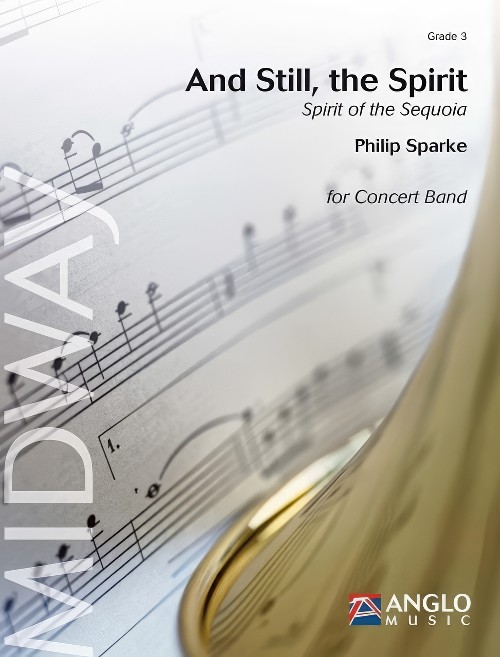 £137.99
£137.99And Still, the Spirit (Spirit of the Sequoia) (Concert Band - Score and Parts) - Sparke, Philip
This work was commissioned by Dr. Robert Oertli from Mhlin, Switzerland, and is based on an earlier composition called Spirit of the Sequoia. The piece is inspired by how the human spirit can gain from setbacks: we become stronger after adversity. Sparke used the Californian redwood tree as a metaphor for this basic idea. The remarkable life cycle of these amazing trees involves them dropping seeds to the ground, which require heat to open their shells and germinate; the seeds require destruction in order to procreate.This piece is particularly suitable for younger bands - one of the last wishes of the initial commissioner.Duration: 8:15
Estimated dispatch 7-14 working days
-
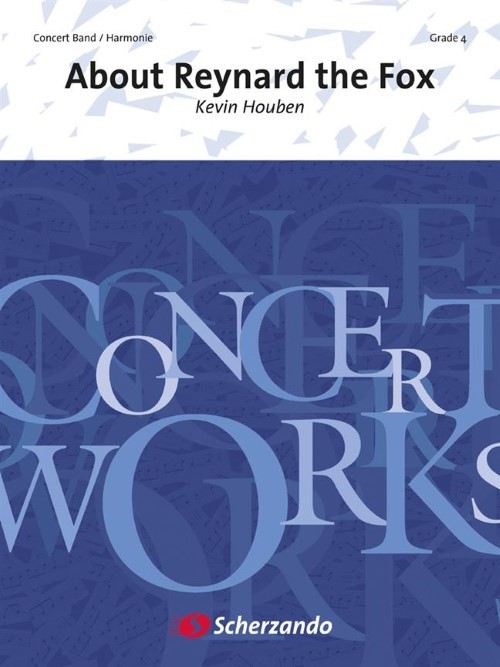 £154.99
£154.99About Reynard the Fox (Concert Band - Score and Parts) - Houben, Kevin
We find ourselves initially at the court of King Nobel, where all the animals have arrived for a court hearing. Reynard the Fox has plenty to answer for but he seems determined to avoid his punishment... Kevin Houben chose this fable as the theme for his programmatic work, in which the musical setting of the fox forms the main theme. But King Nobel, Braun the bear, Murner the cat and Grimbart the badger also take a musical turn. About Reynard the Fox promises excitement and adventure right to the last note!Duration: 9:30
Estimated dispatch 7-14 working days
